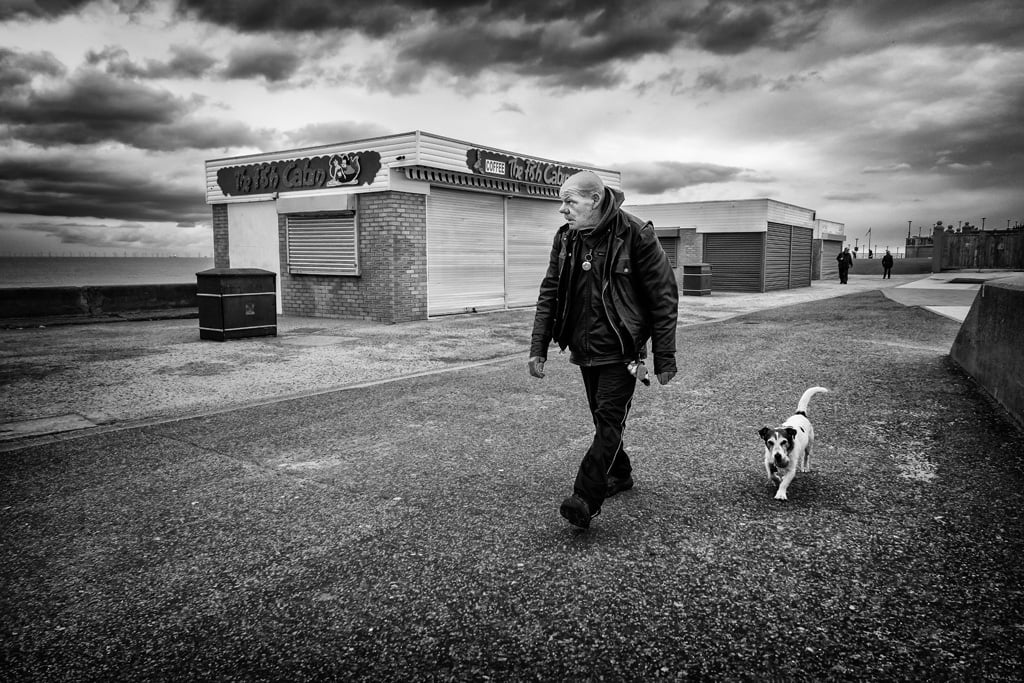Stuart Bailey has been kind enough to send us a couple of his poems relating to the local collieries.
WHELDALE DISASTER It was there at the Wheldale Colliery, Castleford Two seams of coal were being worked in that mine They were the Beeston and the Silkstone Seams As the miners started work that day all it was fine It was the morning, Wednesday 22nd February 1922 243 miners descended the pit between 5.15 and 6 a.m. The Districts they were working were numbers 1, 2 & 3 It was the Silkstone seam worked by boys and men Around 10 a.m. in No 2 District was heard a shot fired Shortly after that the sound of another shot fired, came This followed by an explosion when firedamp ignited Then a blast of wind mingled with coal dust and flame As the miners in other areas tried to make their way out The rescue workers came to where the explosion had been They found a badly burnt miner trying to get to safety Then the body of the only miner who died at the scene As they moved on they attended to men who were injured At the blast area they found eight men who had been there They got them to the surface but all were so badly injured This eight succumbed to their injuries despite hospital care The men who died were James Bibb and Clifford Booth Then Enoch Holmes, William Hall, John T Anson as well There was Edward Baker, Joseph Lowe, Arthur Marsden, James Moreton, the sad news their families they had to tell Then the inquiry looked into the cause of the explosion Was flames from the firing of the second shot they found It was Fathers, sons, husbands, brothers who died that day Like their fathers before them digging for coal underground Stuart Bailey. 11.10.2020
IN THE DARKNESS Beneath an overgrown tree in the cemetery Half hidden there stands a solitary gravestone It marks the place where five coal miners lay In Castleford, are these men’s names known They are Joseph Milner and his brother John Also, William Oakey and William Tilley too Lastly with them, there lies George Godwin They must all be remembered by me and you Was on the Silkstone seam at Wheldale Colliery They and many others were working on that day When suddenly on Tuesday the 8th December 1891 A fire started when a lamp fell over, they did say They were working 500yds from where it started The fire it was between those men and the pit shaft Fellow miners called and told them of the danger Sadly, the fire these men could find no way past For some days the fire in the mine was spreading Around the 12th there was no hope for those men So, 1,200 miners were laid off without any wages To put out the fire, the mine it was flooded then The fire was extinguished the day after Christmas Pumps were started to clear water from the mine Their bodies were found but could not be recognised Through the debris bringing them out it took time It was the number stamped on each miner’s lamp Who each man was, that was the only way to tell Those five coal miners for eternity sleep together Was on the coal face, there in the darkness they fell Stuart Bailey. 11.10.2020
Both poems are copyright of Stuart Bailey and are reproduced by kind permission of the author











































